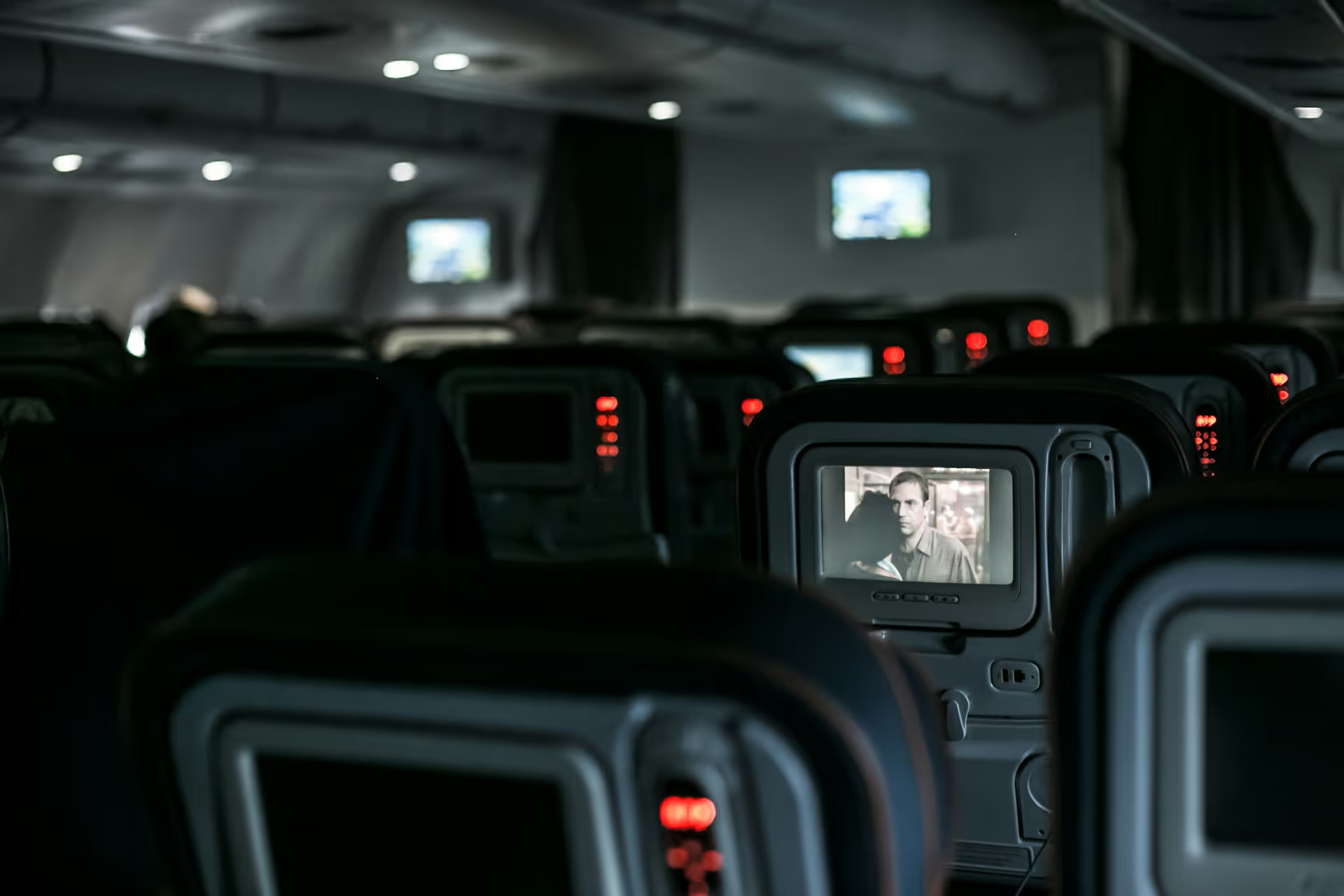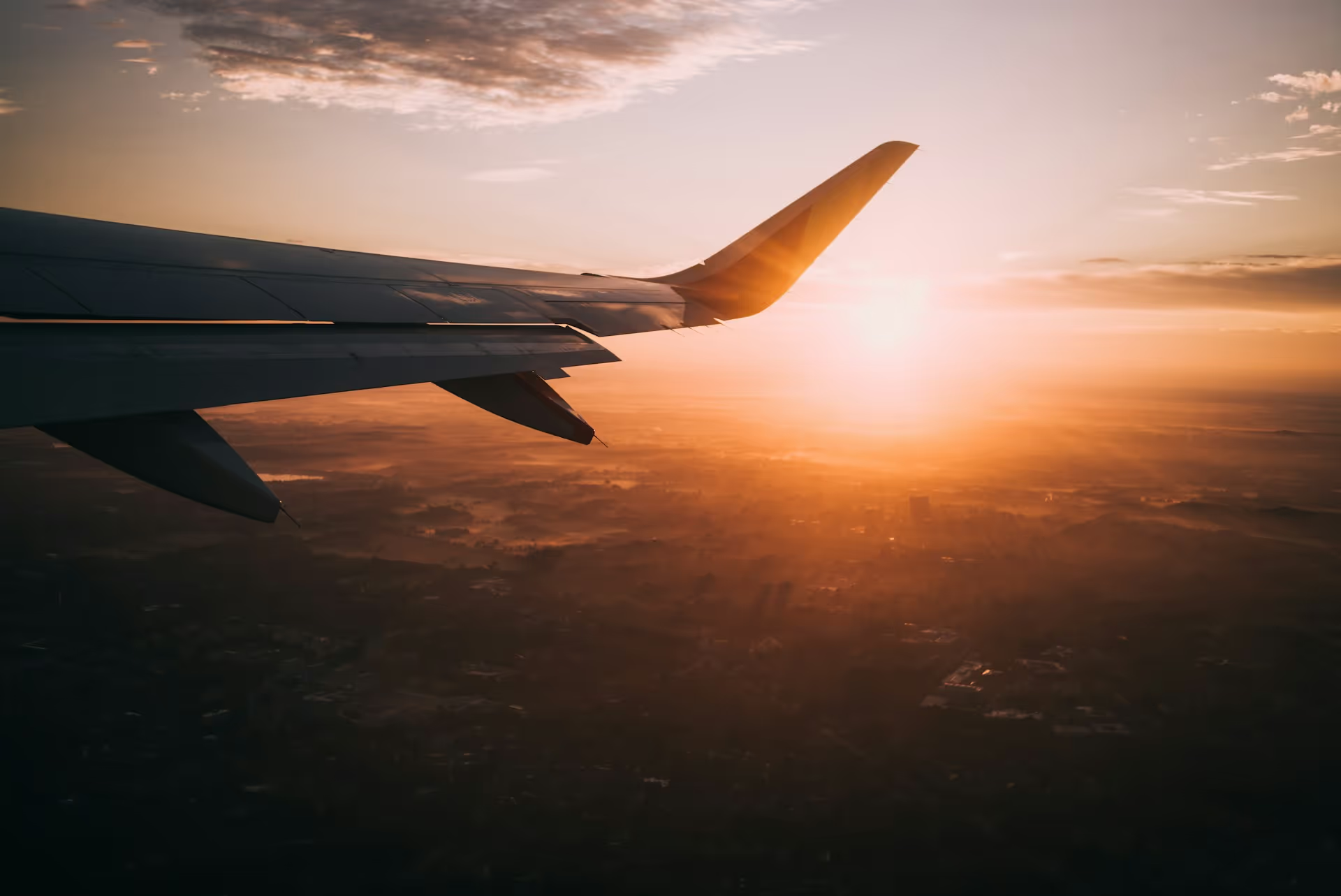Flight Tips: How to Travel Smarter and More Comfortably
Flying isn’t just about getting from point A to point B—it’s about making the journey as smooth and manageable as possible. Whether you're on a long-haul international flight or a short domestic hop, small choices can make a big difference. This guide covers seat selection strategies, comfort tips, and lesser-known hacks to help you fly smarter—not harder.
What we'll go over:
- Where Should I sit
- Legroom and how to maximize it
- Reduce the impact of turbulace
- Safest Spots
- Layovers
- Flying with others
- Congestion and colds
- Food
- Reducing Flight hours up to 50%
- On-board Entertainment
- Dress for comfort
Long-Haul Flight Survival Kit: What You Really Need by Joyful Living with Jen Lefforge
"The more you know, the farther you'll go." - Dr. Seuss




















